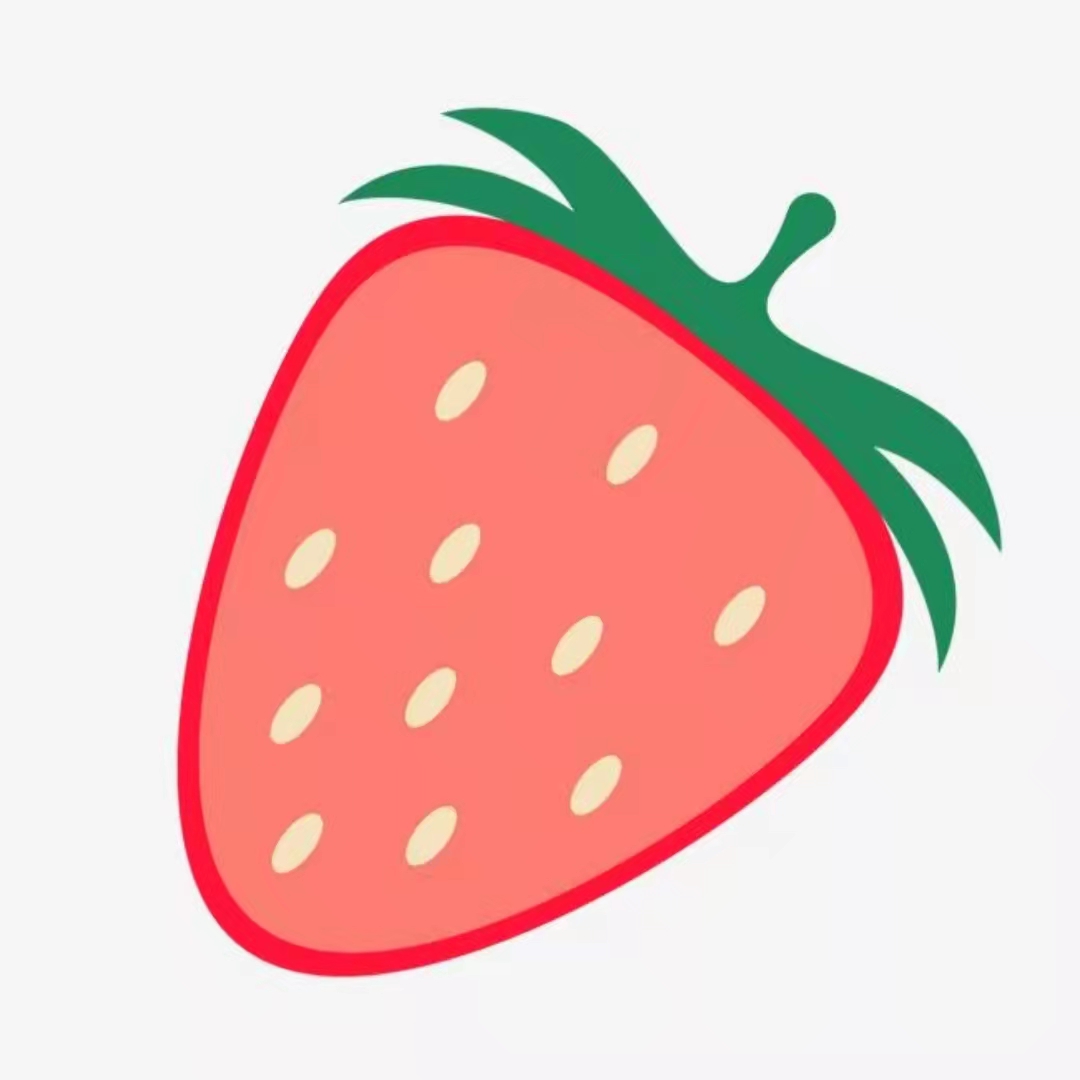meta里的数据是供机器解读的,告诉机器该如何解析这个页面,还有一个用途是可以添加服务器发送到浏览器的http头部内容,例如我们为页面中添加如下meta标签:

- <meta http-equiv="charset" content="iso-8859-1">
- <meta http-equiv="expires" content="31 Dec 2008">
浏览器的头部就会包括这些:
- charset:iso-8859-1
- expires:31 Dec 2008
只有浏览器可以接受这些附加的头部字段,并能以适当的方式使用它们时,这些字段才有意义。
3、meta的必需属性和可选属性meta的必需属性是content,当然并不是说meta标签里一定要有content,而是当有http-equiv或name属性的时候,一定要有content属性对其进行说明。例如:
必需属性<meta name="keywords" content="HTML,ASP,PHP,SQL">
这里面content里的属性就是对keywords进行的说明,所以呢也可以理解成一个键值对吧,就是{keywords:"HTML,ASP,PHP,SQL"}。
可选属性在W3school中,对于meta的可选属性说到了三个,分别是http-equiv、name和scheme。考虑到scheme不是很常用,所以就只说下前两个属性吧。
http-equiv
http-equiv属性是添加http头部内容,对一些自定义的,或者需要额外添加的http头部内容,需要发送到浏览器中,我们就可以是使用这个属性。在上面的meta作用中也有简单的说明,那么现在再举个例子。例如我们不想使用js来重定向,用http头部内容控制,那么就可以这样控制:
<meta http-equiv="Refresh" content="5;url=http://blog.yangchen123h.cn" />
在页面中加入这个后,5秒钟后就会跳转到指定页面啦,效果可看W3school的例子
name
第二个可选属性是name,这个属性是供浏览器进行解析,对于一些浏览器兼容性问题,name属性是最常用的,当然有个前提就是浏览器能够解析你写进去的name属性才可以,不然就是没有意义的。还是举个例子吧:
<meta name="renderer" content="webkit">
这个meta标签的意思就是告诉浏览器,用webkit内核进行解析,当然前提是浏览器有webkit内核才可以,不然就是没有意义的啦。当然看到这个你可能会有疑问,这个renderer是从哪里冒出来的,我要怎么知道呢?这个就是在对应的浏览器的开发文档里就会有表明的,例如这个renderer是在360浏览器里说明的。360浏览器内核控制Meta标签说明文档
常用meta标签大总结接下来就是常用的meta标签大总结啦,我会尽可能的做到全
charset
charset是声明文档使用的字符编码,解决乱码问题主要用的就是它,值得一提的是,这个charset一定要写第一行,不然就可能会产生乱码了。
charset有两种写法
- <meta charset="utf-8">
- <meta http-equiv="Content-Type" content="text/html; charset=utf-8">
两个都是等效的。
百度禁止转码百度会自动对网页进行转码,这个标签是禁止百度的自动转码
<meta http-equiv="Cache-Control" content="no-siteapp" />
SEO 优化部分- <!-- 页面标题<title>标签(head 头部必须) -->
- <title>your title</title>
- <!-- 页面关键词 keywords -->
- <meta name="keywords" content="your keywords">
- <!-- 页面描述内容 description -->
- <meta name="description" content="your description">
- <!-- 定义网页作者 author -->
- <meta name="author" content="author,email address">
- <!-- 定义网页搜索引擎索引方式,robotterms 是一组使用英文逗号「,」分割的值,通常有如下几种取值:none,noindex,nofollow,all,index和follow。 -->
- <meta name="robots" content="index,follow">
viewport
viewport主要是影响移动端页面布局的,例如:
- <meta name="viewport" content="width=device-width, initial-scale=1.0">
content 参数:
- width viewport 宽度(数值/device-width)
- height viewport 高度(数值/device-height)
- initial-scale 初始缩放比例
- maximum-scale 最大缩放比例
- minimum-scale 最小缩放比例
- user-scalable 是否允许用户缩放(yes/no)
Microsoft Internet Explorer
- <!-- 优先使用最新的ie版本 -->
- <meta http-equiv="x-ua-compatible" content="ie=edge">
- <!-- 是否开启cleartype显示效果 -->
- <meta http-equiv="cleartype" content="on">
- <meta name="skype_toolbar" content="skype_toolbar_parser_compatible">
- <!-- Pinned Site -->
- <!-- IE 10 / Windows 8 -->
- <meta name="msapplication-TileImage" content="pinned-tile-144.png">
- <meta name="msapplication-TileColor" content="#009900">
- <!-- IE 11 / Windows 9.1 -->
- <meta name="msapplication-config" content="ieconfig.xml">
Google Chrome
- <!-- 优先使用最新的chrome版本 -->
- <meta http-equiv="X-UA-Compatible" content="chrome=1" />
- <!-- 禁止自动翻译 -->
- <meta name="google" value="notranslate">
360浏览器
- <!-- 选择使用的浏览器解析内核 -->
- <meta name="renderer" content="webkit|ie-comp|ie-stand">
UC手机浏览器
UCBrowser_U3_API
QQ手机浏览器
- <!-- 锁定屏幕在特定方向 -->
- <meta name="x5-orientation" content="landscape/portrait">
- <!-- 全屏显示 -->
- <meta name="x5-fullscreen" content="true">
- <!-- 页面将以应用模式显示 -->
- <meta name="x5-page-mode" content="app">
Apple iOS
- <!-- Smart App Banner -->
- <meta name="apple-itunes-app" content="app-id=APP_ID,affiliate-data=AFFILIATE_ID,app-argument=SOME_TEXT">
- <!-- 禁止自动探测并格式化手机号码 -->
- <meta name="format-detection" content="telephone=no">
- <!-- Add to Home Screen添加到主屏 -->
- <!-- 是否启用 WebApp 全屏模式 -->
- <meta name="apple-mobile-web-app-capable" content="yes">
- <!-- 设置状态栏的背景颜色,只有在 “apple-mobile-web-app-capable” content=”yes” 时生效 -->
- <meta name="apple-mobile-web-app-status-bar-style" content="black">
- <!-- 添加到主屏后的标题 -->
- <meta name="apple-mobile-web-app-title" content="App Title">
Google Android
- <meta name="theme-color" content="#E64545">
- <!-- 添加到主屏 -->
- <meta name="mobile-web-app-capable" content="yes">
- <!-- More info: https://developer.chrome.com/multidevice/android/installtohomescreen -->
App Links
- <!-- iOS -->
- <meta property="al:ios:url" content="applinks://docs">
- <meta property="al:ios:app_store_id" content="12345">
- <meta property="al:ios:app_name" content="App Links">
- <!-- Android -->
- <meta property="al:android:url" content="applinks://docs">
- <meta property="al:android:app_name" content="App Links">
- <meta property="al:android:package" content="org.applinks">
- <!-- Web Fallback -->
- <meta property="al:web:url" content="http://applinks.org/documentation">
- <!-- More info: http://applinks.org/documentation/ -->
- <meta name="viewport" content="width=device-width, initial-scale=1, user-scalable=no" />
- <meta name="apple-mobile-web-app-capable" content="yes" />
- <meta name="apple-mobile-web-app-status-bar-style" content="black" />
- <meta name="format-detection"content="telephone=no, email=no" />
- <meta name="viewport" content="width=device-width, initial-scale=1, user-scalable=no" />
- <meta name="apple-mobile-web-app-capable" content="yes" /><!-- 删除苹果默认的工具栏和菜单栏 -->
- <meta name="apple-mobile-web-app-status-bar-style" content="black" /><!-- 设置苹果工具栏颜色 -->
- <meta name="format-detection" content="telphone=no, email=no" /><!-- 忽略页面中的数字识别为电话,忽略email识别 -->
- <!-- 启用360浏览器的极速模式(webkit) -->
- <meta name="renderer" content="webkit">
- <!-- 避免IE使用兼容模式 -->
- <meta http-equiv="X-UA-Compatible" content="IE=edge">
- <!-- 针对手持设备优化,主要是针对一些老的不识别viewport的浏览器,比如黑莓 -->
- <meta name="HandheldFriendly" content="true">
- <!-- 微软的老式浏览器 -->
- <meta name="MobileOptimized" content="320">
- <!-- uc强制竖屏 -->
- <meta name="screen-orientation" content="portrait">
- <!-- QQ强制竖屏 -->
- <meta name="x5-orientation" content="portrait">
- <!-- UC强制全屏 -->
- <meta name="full-screen" content="yes">
- <!-- QQ强制全屏 -->
- <meta name="x5-fullscreen" content="true">
- <!-- UC应用模式 -->
- <meta name="browsermode" content="application">
- <!-- QQ应用模式 -->
- <meta name="x5-page-mode" content="app">
- <!-- windows phone 点击无高光 -->
- <meta name="msapplication-tap-highlight" content="no">
- <!-- 适应移动端end -->
 2023-07-12
2023-07-12
 67260
67260
谷歌关键词和iOS关键词优化的区别
 10108
10108
谷歌网络如何优化推广(谷歌SEO推广关键词的选取与优化思路)
 15681
15681
关键词提取工具有哪些(分享常用的关键词挖掘工具有哪些)
 15139
15139
刷度快速排名方法有什么(分享市面上安全的关键词快速排名方法)
 12599
12599
刷关键词首页软件有什么(首页关键词快速排名免费SEO全套工具)
 12599
12599
刷关键词首页软件有什么(首页关键词快速排名免费SEO全套工具)
 11165
11165
网站关键词分析方法有什么(网站关键词分析方法及步骤)
 8878
8878
关键词采集工具有哪些(万能的关键词搜索工具分享)
 11761
11761
查询关键词的工具有哪些(分享三种常用查找关键词工具)
 9417
9417
批量刷关键词排名(分享免费批量关键词排名查询工具)







